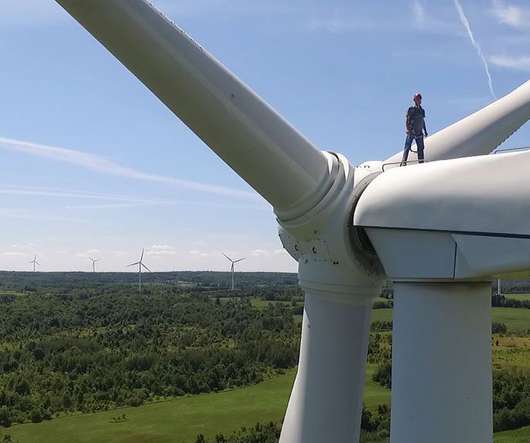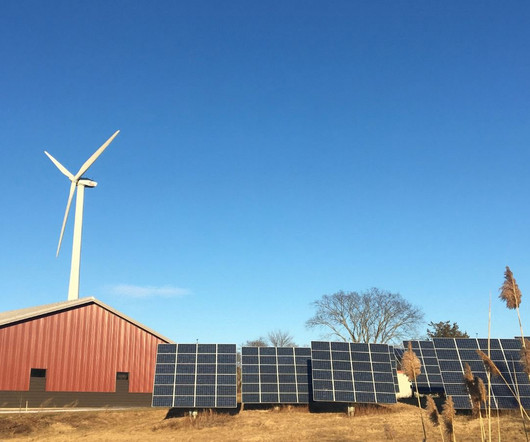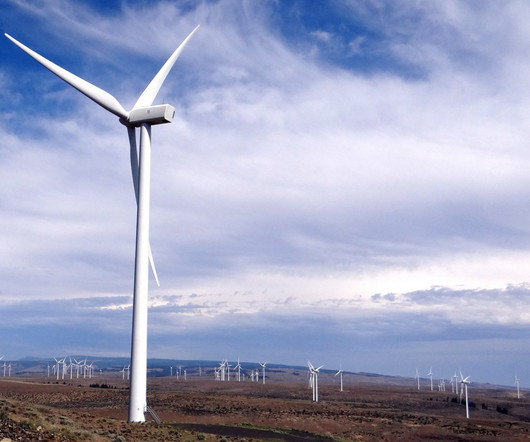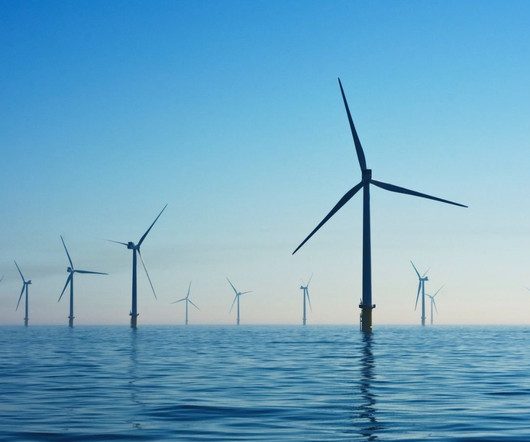5 Powerful Facts for Global Wind Day
Union of Concerned Scientists
JUNE 15, 2022
We at the Union of Concerned Scientists think a lot about wind power. In honor of Global Wind Day , here’s a roundup of what we’re seeing and what we’ve been thinking—five facts about wind energy to keep in mind as you celebrate, or at least make note, on June 15. Wind power is big, and getting bigger.
































Let's personalize your content